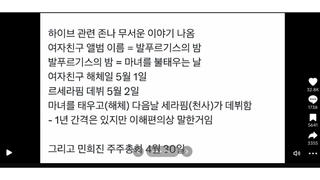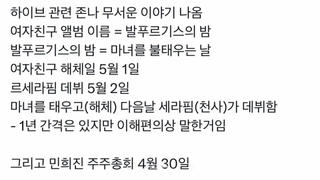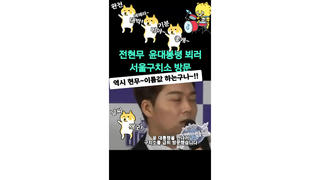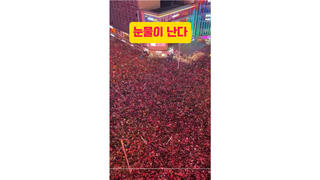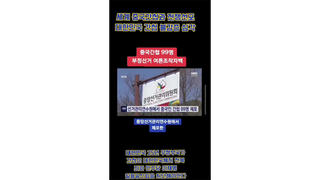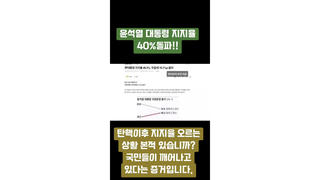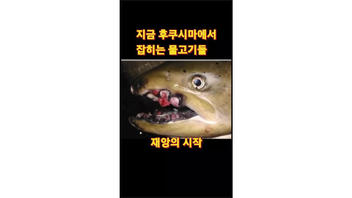
Were a number of mutant fish caught on the Fukushima coast? No, that's not true: Not all pictures of the fishes were taken at Fukushima coast. And there were no mutant fish there.
The claim originated from a video (archived here) on TikTok where it was published by @sansanetyon on June 8 2023 under the title "#지금 후쿠시마에서 잡히는 물고기들 #재앙의 시작" ("These fishes are caught in Fukushima, #now: the beginning of #disaster," translated by Lead Stories Staff). It opened:
These fishes are caught in Fukushima, now: the beginning of disaster.
This is what the post looked like on TikTok at the time of writing:
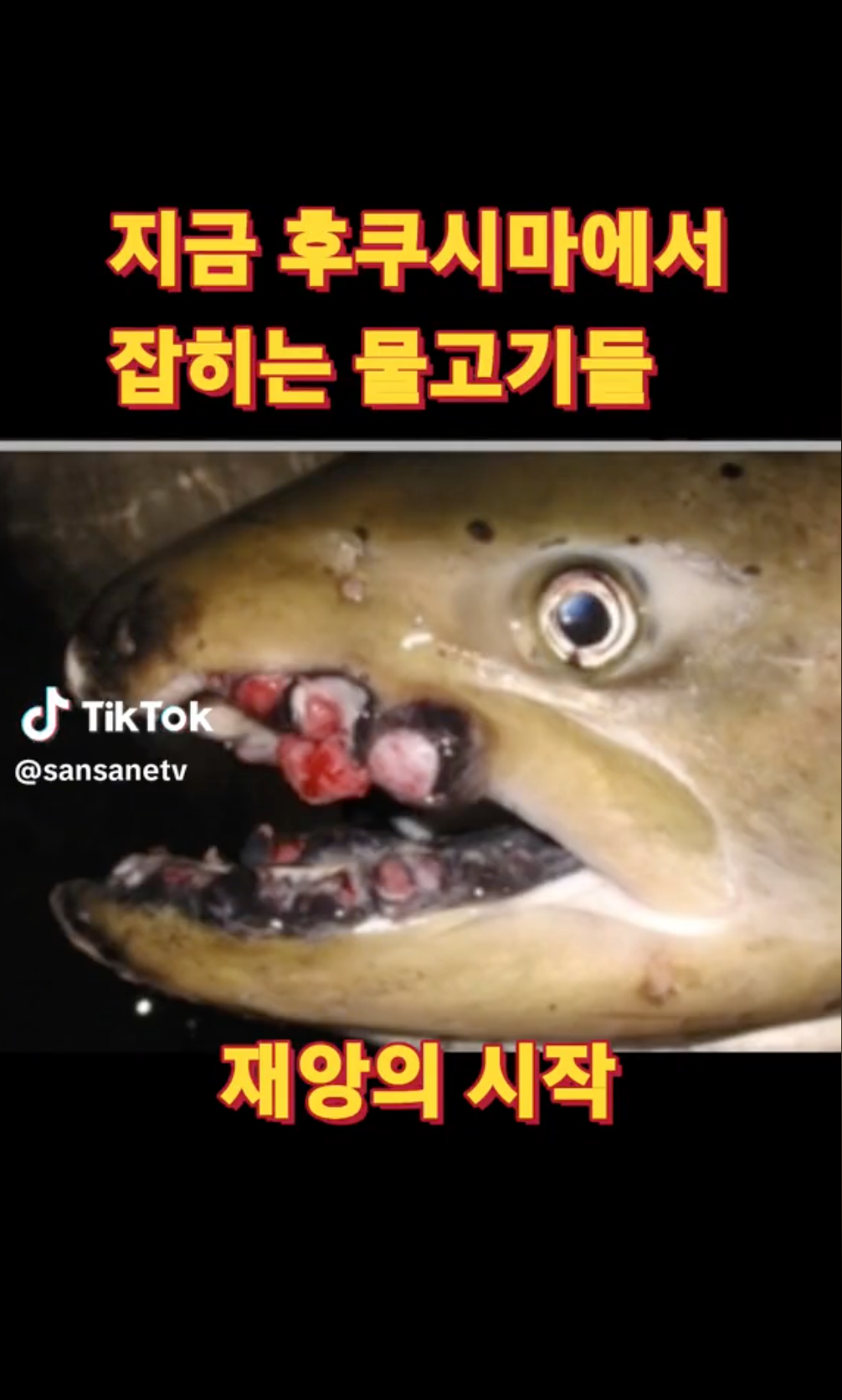
(Source: TikTok screenshot taken on Wed Jun 14 07:00:00 2023 UTC)
The video shows various images of fish which do not seem to be doing well. Some have a tumor on the lips or an extra mouth. However, not all of these images are Fukushima fish.
The video claims that all of the nine pictures shown in the video were mutants of the Fukushima coast. But only one of those pictures shows actually a fish caught at the Fukushima coast according to credible media reports. Two of them were caught in the US, one in Australia, one in Japan but in another region, one in Japan but the region is not mentioned, and also the place where the three other images were taken is not clear.
The first picture of the video is actually a salmon with a pathogen on its mouth. The second one was caught in Idaho, United States. The third fish shown in the video, which has an extra mouth, was caught in Australia. The fourth one, also with an extra mouth, was caught in Nebraska, United States, according to the local news. The massive fish, which appeared as the fifth image of the video, was caught in Japan, but not in Fukushima; it was caught in Hokkaido. The sixth fish also has a pathological change on the lips, just like the first fish.
The seventh fish in the video is the only one which is confirmed to be a Fukushima fish. The fish was caught at the port inside of Fukushima first nuclear power plant. The fish looks normal, however, it contained 18000Bq of cesium, which is 180 times larger than Japanese food regulations allowed. According to KBS World, Tokyo Electric Power Co. said they will block the port to prevent contaminated fish from getting out to the ocean.
The fishes in the eighth and ninth images of the video are just normal fishes caught on the Korean coast.


